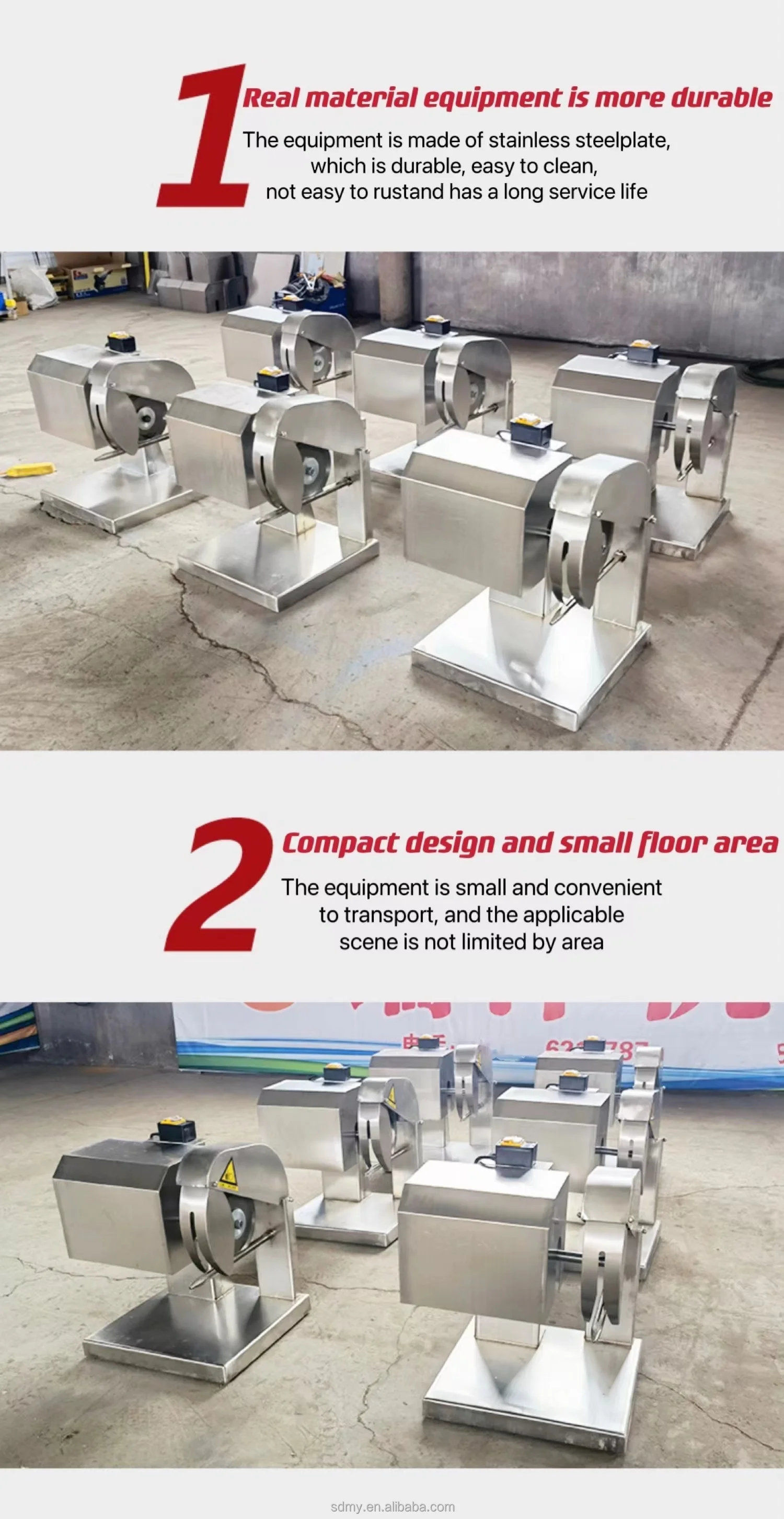Efficient Techniques for Operating and Maintaining a Cutting Machine in Modern Manufacturing Processes
Jul . 31, 2024 23:36 Back to list
Efficient Techniques for Operating and Maintaining a Cutting Machine in Modern Manufacturing Processes
The Evolution and Significance of Cutting Machines
In the world of manufacturing and craftsmanship, cutting machines serve as essential tools that have evolved significantly over time. From manual tools to advanced automated systems, cutting machines play a pivotal role in various industries, including woodworking, metalworking, textiles, and plastics. This article explores the evolution of cutting machines, their various types, and their significance in modern manufacturing.
Historical Context
The history of cutting machines dates back to ancient times when artisans used simple tools like knives and chisels to shape raw materials. The Industrial Revolution marked a turning point, as the demand for precision and efficiency led to the development of powered cutting machines. Early examples included steam-powered lathes and saws, which significantly increased production capabilities.
As technology advanced, the introduction of electronic controls and computer-aided design (CAD) systems revolutionized the cutting process. The rise of computer numerical control (CNC) machines in the late 20th century further transformed cutting technologies, enabling high precision, repeatability, and the ability to produce complex shapes with minimal human intervention.
Types of Cutting Machines
Cutting machines come in various forms, each designed for specific applications and materials. Some of the most common types include
1. Laser Cutting Machines These machines utilize focused laser beams to cut through materials with exceptional precision. Laser cutting is widely used in industries such as manufacturing and textiles for creating intricate designs and patterns.
2. CNC Milling Machines CNC milling machines are versatile tools that can perform various operations, including drilling, boring, and shaping. They are commonly used in metalworking to create parts with complex geometries.
cutting machine

3. Waterjet Cutters By employing high-pressure water mixed with abrasives, waterjet cutters can cut through materials like metal and stone without generating heat, making them ideal for applications requiring minimal thermal distortion.
4. Plasma Cutters Plasma cutting machines use ionized gas to cut through electrically conductive materials. They are often used in metal fabrication due to their speed and efficiency.
5. Shearing Machines These machines are designed to cut sheet metal into specific shapes and sizes. They are heavily used in the construction and automotive industries.
The Significance of Cutting Machines
The significance of cutting machines in modern manufacturing cannot be overstated. They streamline production processes, ensure high-quality outputs, and reduce waste. Automation and precision cutting technologies enhance efficiency, allowing companies to meet tight deadlines while minimizing errors.
Moreover, cutting machines have made complex and detailed designs more accessible to designers and manufacturers, enabling the creation of customized products tailored to consumer demands. This flexibility has fostered innovation across industries, leading to the development of new materials and products that were previously deemed impractical.
In addition, the rise of sustainable manufacturing practices has led to the integration of cutting machines that minimize waste and energy consumption. For instance, waterjet and laser cutting technologies are known for their ability to optimize material usage, thereby contributing to eco-friendly manufacturing solutions.
Conclusion
As we look to the future, cutting machines will continue to evolve, integrating advanced technologies such as artificial intelligence and robotics. These advancements promise to further enhance productivity and precision in manufacturing processes. In a rapidly changing industrial landscape, cutting machines will remain crucial for innovation, efficiency, and sustainability, ensuring that they play an integral role in shaping the future of manufacturing. Their continued development will not only define industry standards but also empower craftsmen and manufacturers to push the boundaries of creativity and technological advancement.
-
High Performance Exhaust Fan – Efficient Ventilation Solutions for Home
NewsJun.10,2025
-
High-Quality Gestation Pen for Sows Durable Mobile Pig Pen & Simple Pig Pen Solutions
NewsJun.10,2025
-
High Quality Rabbit Cage Double Tier Designs & Welded Wire Mesh Supplier
NewsJun.10,2025
-
Floating Fish Feed Machine - High Efficiency Floating Fish Feed Extruder for Small Scale Production
NewsJun.10,2025
-
Premium Poultry Housing Solutions Mobile & Commercial Free Range Options
NewsJun.10,2025
-
Industrial FRP Fans Corrosion-Resistant Blades & Centrifugal Systems
NewsJun.09,2025






